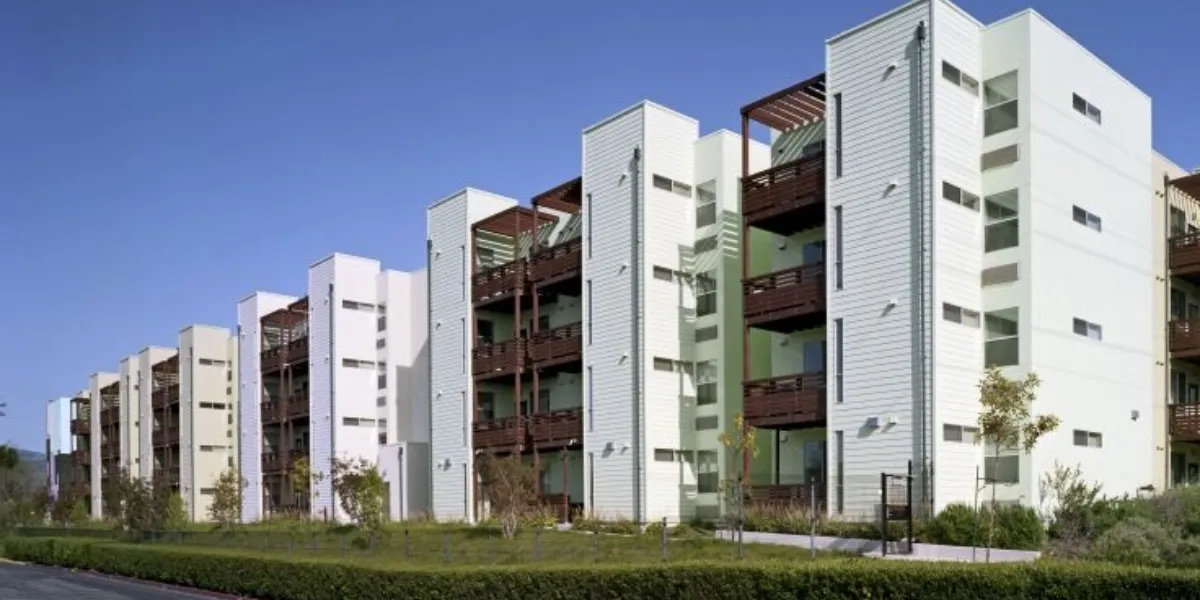In recent years, the surge in housing prices has become a pressing concern globally, prompting policymakers to seek effective strategies to address this issue. Understanding the dynamics behind this trend is crucial for devising appropriate policy responses that ensure housing affordability for all. In this article, we’ll delve into the factors driving housing price increases and explore potential policy interventions to tackle this challenge.
Understanding the Surge in Housing Prices
The unprecedented rise in housing prices can be attributed to various factors, including but not limited to economic growth, population growth, low interest rates, and limited housing supply. These factors create a demand-supply imbalance, leading to bidding wars and escalating prices in real estate markets.
Factors Driving Housing Price Increases
Economic growth stimulates demand for housing as individuals seek homeownership or rental accommodation. Additionally, population growth exerts pressure on housing markets, particularly in urban areas, where demand outstrips supply. Low interest rates incentivize borrowing for real estate investment, further driving up prices.
Economic Implications of Rising Housing Prices

The escalating cost of housing poses significant economic challenges. High housing prices inflate household debt levels, reducing disposable income for other expenditures. Moreover, it exacerbates wealth inequality, as homeowners benefit from property appreciation while renters struggle with rising rents.
Impact on Homebuyers and Renters
Homebuyers face hurdles in entering the housing market due to inflated prices, leading to decreased homeownership rates, particularly among young adults. Renters, on the other hand, experience financial strain as rental costs surge, consuming a larger portion of their income.
Challenges Faced by Low-Income Families

Low-income families bear the brunt of housing price increases, often forced to live in substandard housing or spend a disproportionate amount of their income on rent. This perpetuates cycles of poverty and exacerbates social inequality.
Government Intervention: Policies and Strategies
Governments play a crucial role in addressing housing affordability through targeted policies and strategies. Supply-side interventions focus on increasing housing supply through land-use reforms, streamlined permitting processes, and investment in infrastructure.
Supply-side Solutions to Housing Affordability

Expanding affordable housing stock through public-private partnerships and incentivizing developers to build affordable units can alleviate housing shortages and stabilize prices.
Demand-side Interventions: Tax Incentives and Subsidies
Government incentives such as tax breaks for first-time homebuyers and rental subsidies for low-income households can stimulate demand while promoting housing affordability.
Role of Zoning Regulations in Housing Affordability

Zoning regulations often restrict housing development, leading to artificial scarcity and inflated prices. Reforming zoning laws to allow for higher density housing and mixed-use development can increase housing supply and affordability.
Addressing Speculation and Property Investment
Speculative activities in real estate markets contribute to price volatility and housing unaffordability. Implementing measures to curb speculation, such as vacancy taxes and restrictions on foreign ownership, can stabilize prices and promote housing affordability.
Promoting Affordable Housing Development

Investing in affordable housing initiatives, including public housing projects and community land trusts, can provide stable housing options for low-income families and mitigate the effects of rising housing prices.
International Case Studies on Housing Policies
Studying successful housing policies implemented in other countries can provide valuable insights for designing effective interventions tailored to specific socioeconomic contexts.
The Road Ahead: Creating Sustainable Housing Solutions

In conclusion, addressing the challenges posed by rising housing prices requires a multifaceted approach involving both supply-side and demand-side interventions. By implementing targeted policies and strategies, governments can create sustainable housing solutions that ensure affordability and accessibility for all segments of society.
Click here for more visited Posts!





